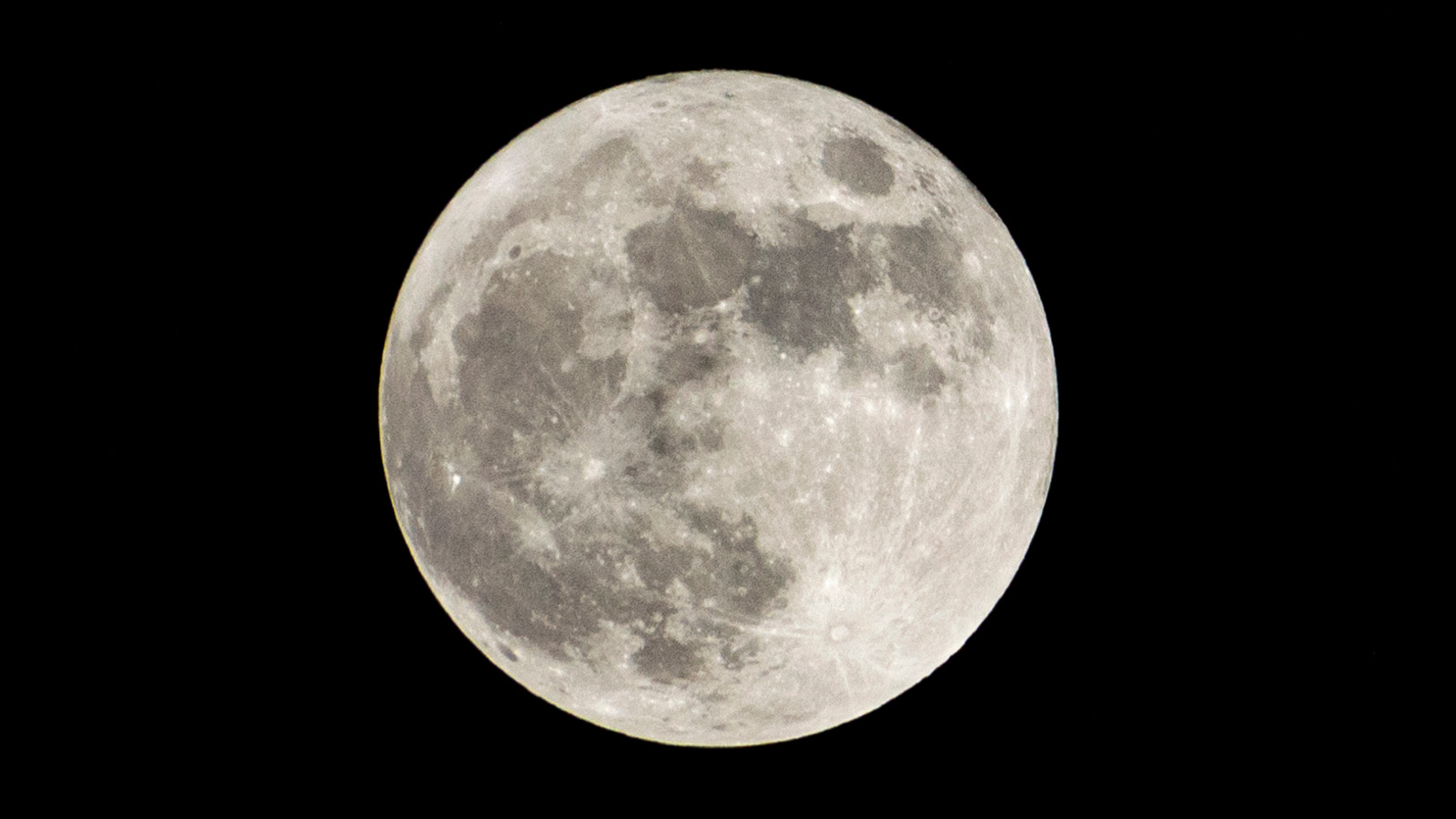Researchers Reveal How They Confirmed The Booster Hitting The Moon Wasn’t From SpaceX

The debris is from the launch of China’s Chang’e 5-T1 mission in 2014, which used a Long March 3C rocket. The piece of debris in question seems to be the booster, or first stage, of that rocket. This is not the first time that a Long March booster has caused trouble, as in May 2021 a Long March 5B booster crashed to Earth in a dramatic demonstration of the problem of space debris .
It is rare for a piece of debris to impact the moon, but such junk causes many other problems in space. The International Space Station frequently has to make moves to avoid pieces of debris, and debris makes it more difficult to launch satellites. The European Space Agency estimates there are more than 28,000 pieces of space debris currently in orbit, with a total mass of more than 9,300 tonnes.
The students that tracked the debris about to impact the moon are more aware than most people of the problems caused by this floating space junk, even if the upcoming impact isn’t the biggest threat.
“While this isn’t the most detrimental impact, the idea of so many objects in space with unknown orbits and identities is worrying,” said Grace Halferty, an undergraduate student studying SpaceX’s Starlink satellites and their effect on ground-based astronomy at the University of Arizona. “We need better space traffic management.”
For all the latest Games News Click Here
For the latest news and updates, follow us on Google News.
